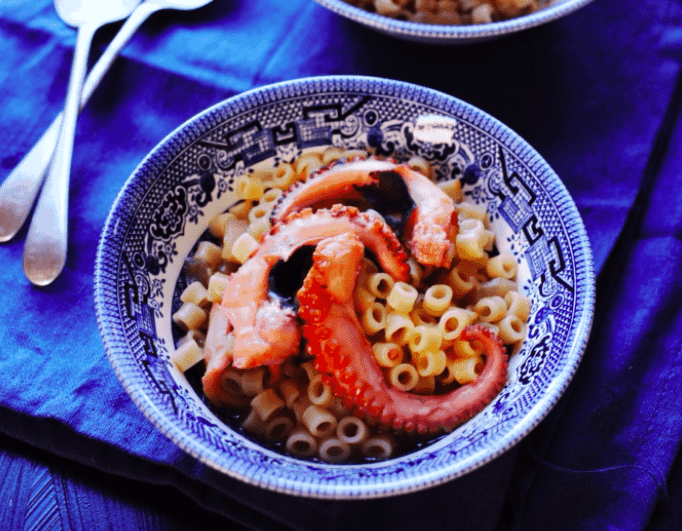While it is speculated that pasta was inspired by Chinese noodles taken to Europe by Venetian nobleman and merchant Marco Polo in the 13th century, food historians are set to prove it wrong.
While Italians have ownership of pasta and its various renditions, the expansive cuisine of the Asian continent is your reference for an endless selection of noodles.
Indeed, according to National Geographic, the most ancient example of noodles was discovered in China, dating back 4,000 years. So you could say this loopy dish has a long history as a popular starchy component of people's diets.
Giorgio Franchetti, a food historian and scholar of ancient Roman history, recovered lost recipes from these repasts, which he shares in "Dining With the Ancient Romans," written with "archaeo-cook" Cristina Conte. Together, the duo organizes dining experiences at archaeological sites in Italy that give guests a taste of what eating like a Roman noble was all about. These cultural tours also delve into the eyebrow-raising rituals that accompanied these meals.
“Between 1000BC and 800BC, the Greeks first mentioned the existence of laganon, a flat pasta sheet sliced into irregular strips that was later adopted by the ancient Romans with the plural name of laganae. It was used in soups of leek and chickpeas, a very popular Roman dish,” he added.
The food historians mentioned that the Roman strips of pasta were similar to a particular type of pasta Called maltagliati, which is still served in Italy.


